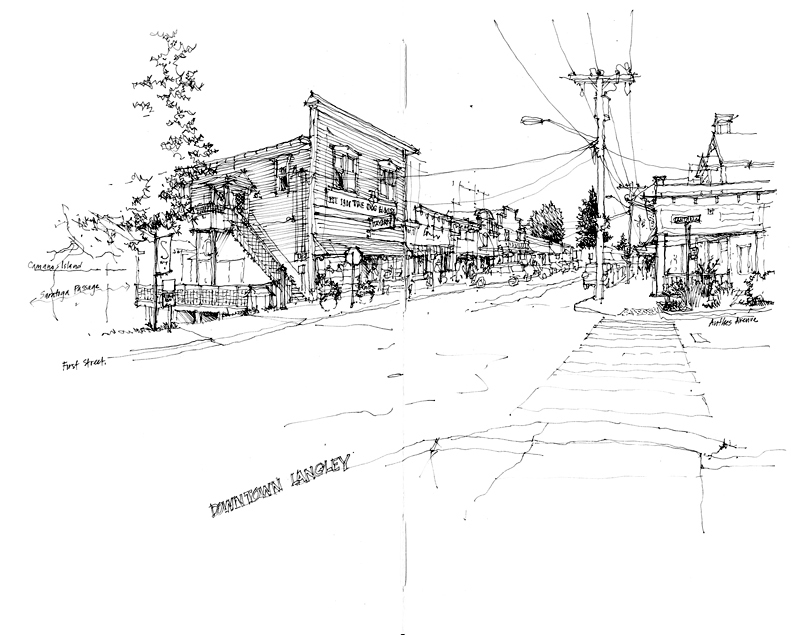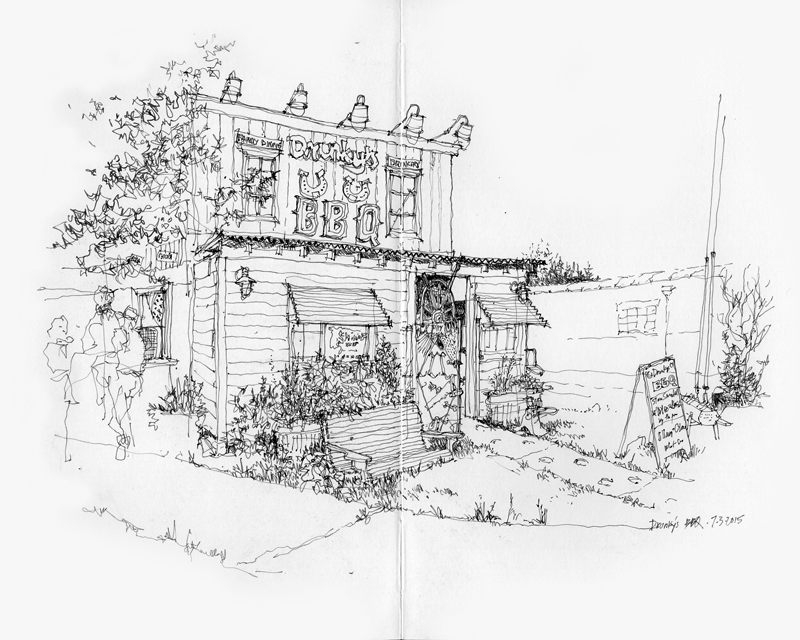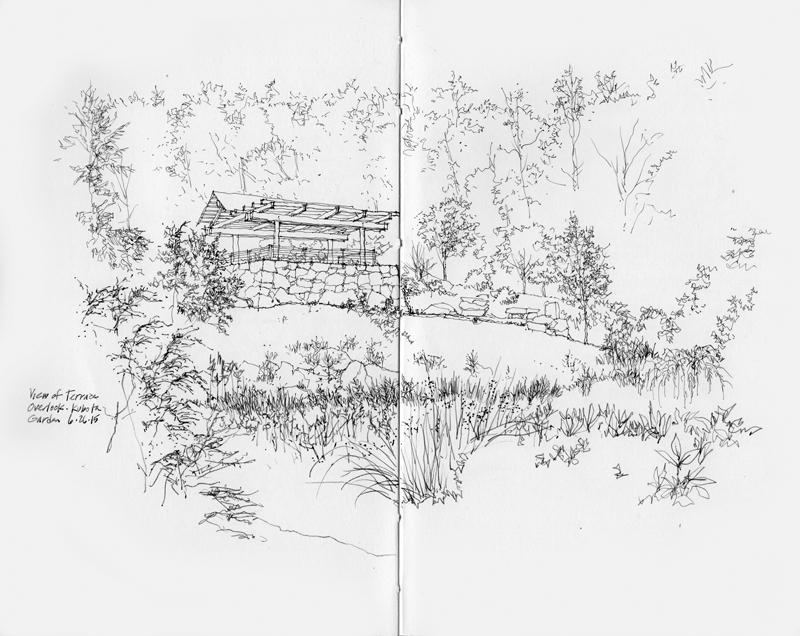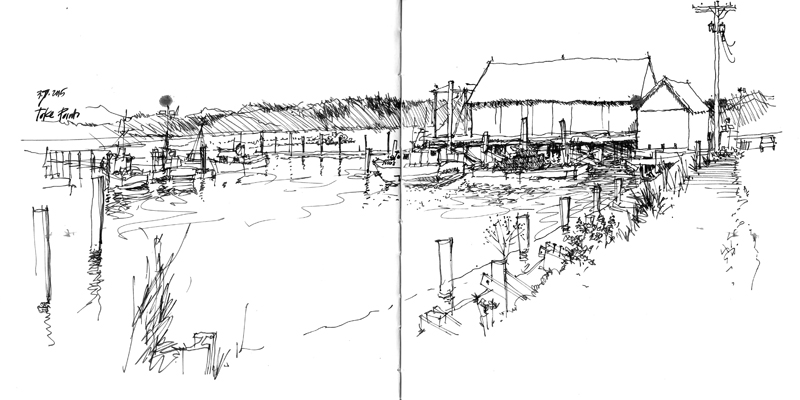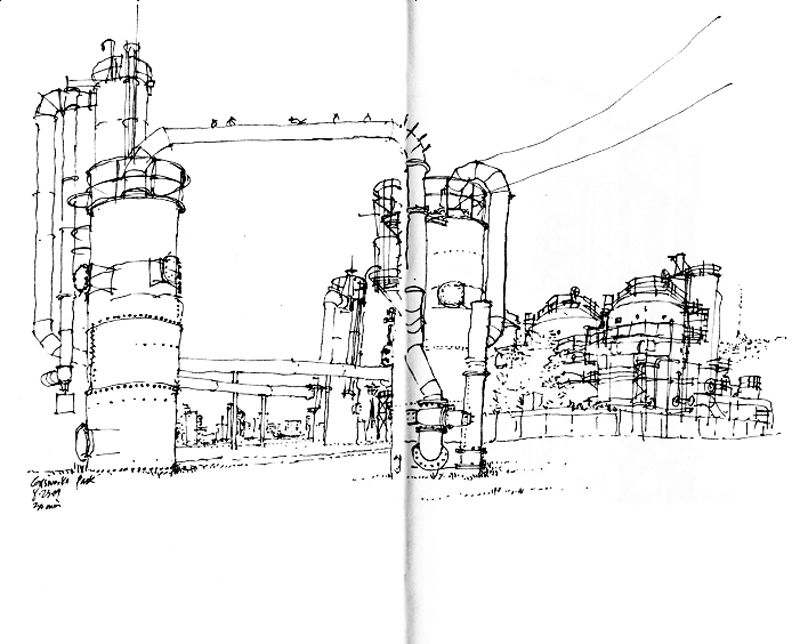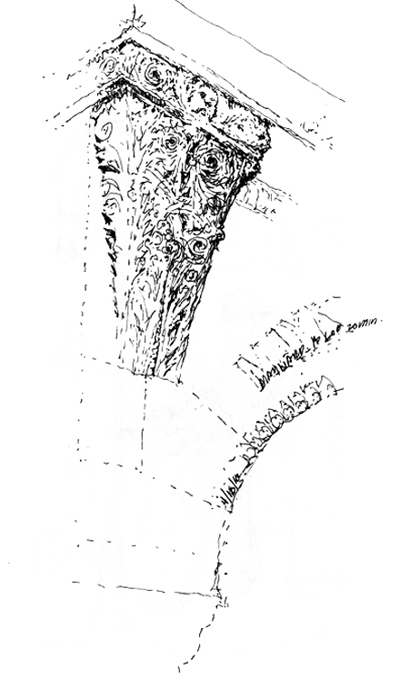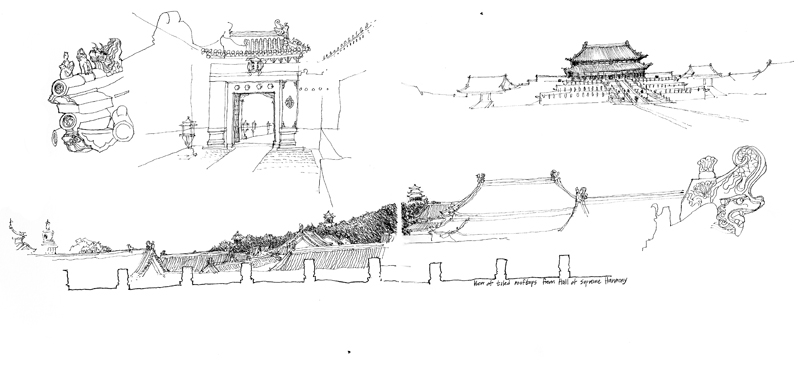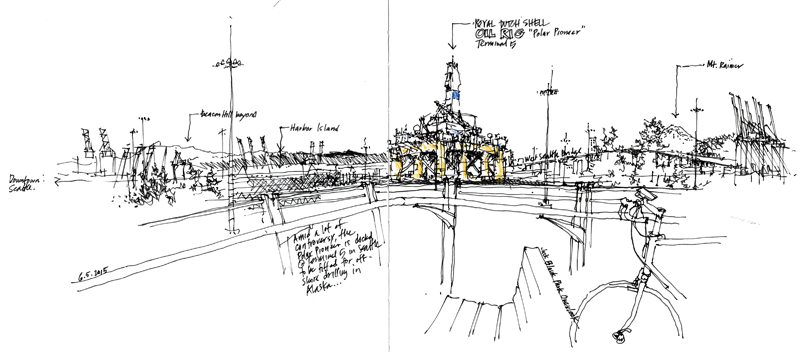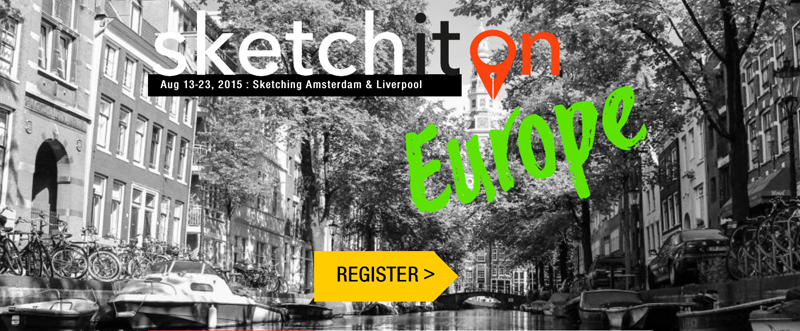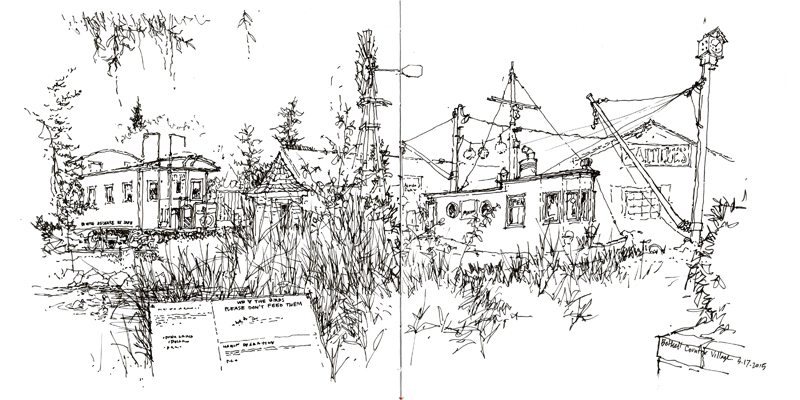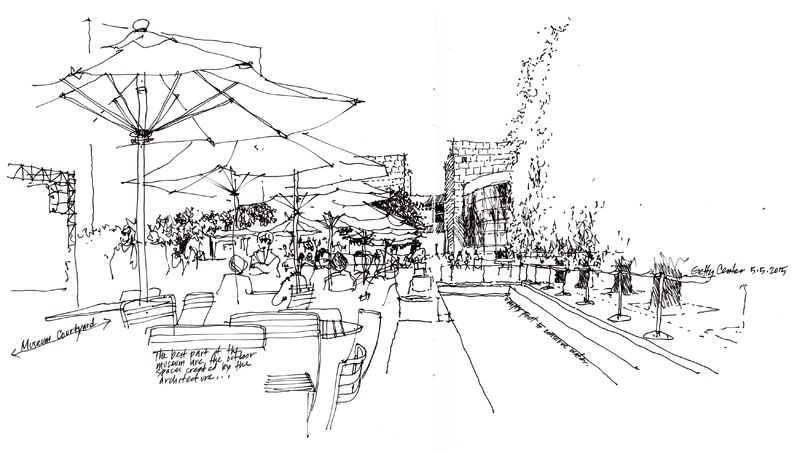Spent the 4th of July weekend with a few dear friends on Whidbey Island. On Saturday, we drove into Langley, which likes to call itself the Village by the Sea. While the setting overlooks the Saratoga Passage to the east, its heart lies along First Street with its shops, galleries, and restaurants. Along this main street, no particular building stands out from the others but together they prove the adage that the whole is greater than the sum of the parts.
I chose this particular view of First Street because the sun was intense at midday, the temperature was in the 80’s, and I was fortunate enough to find a bench in the shade.

